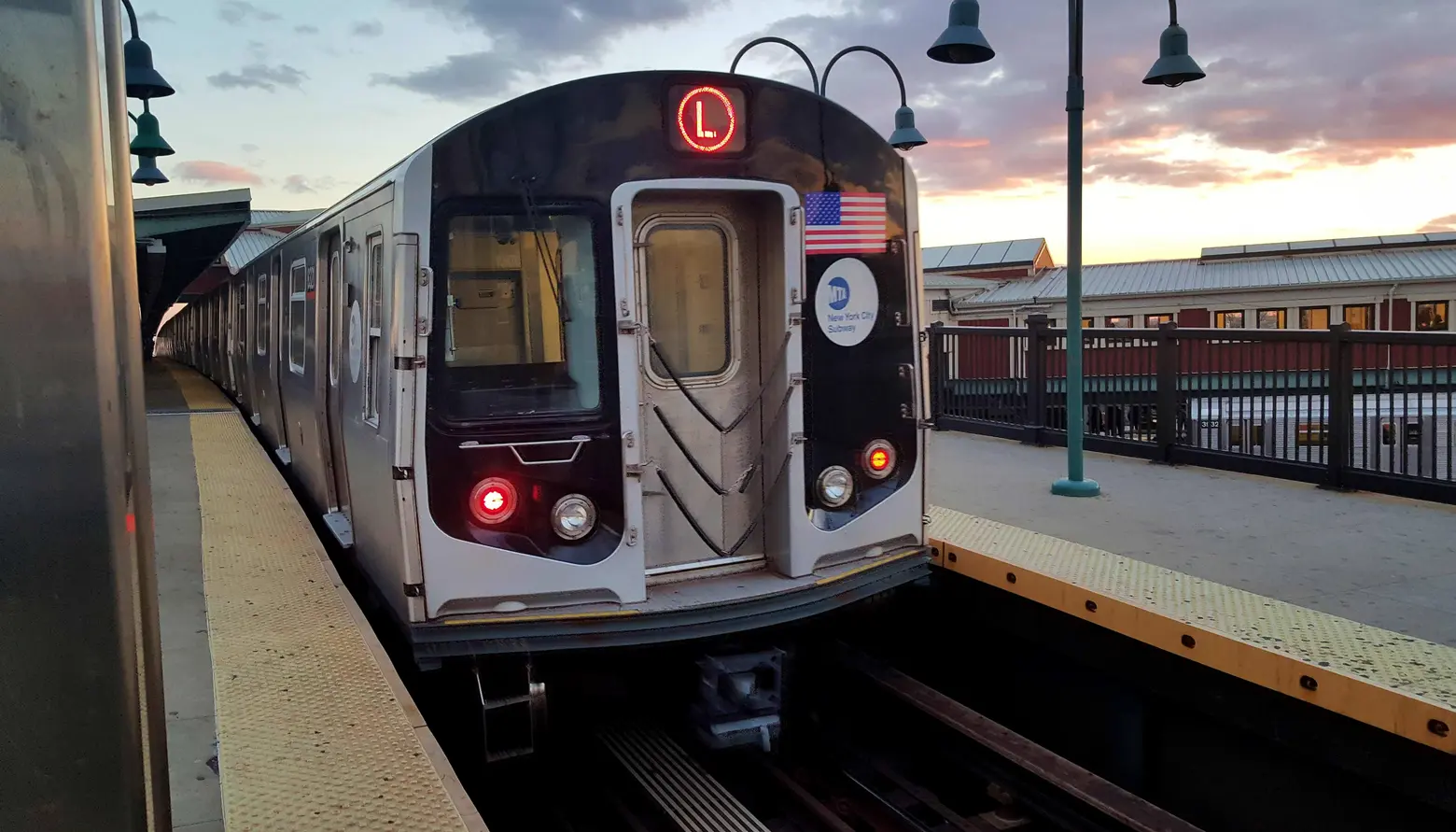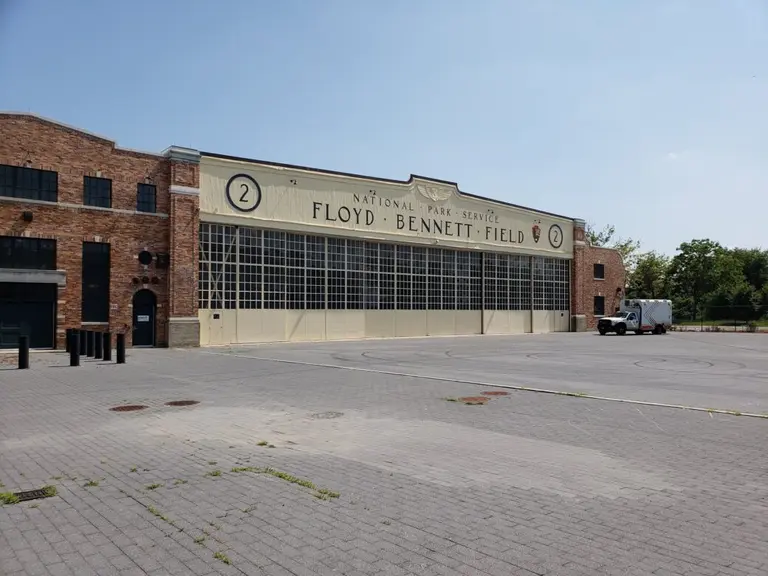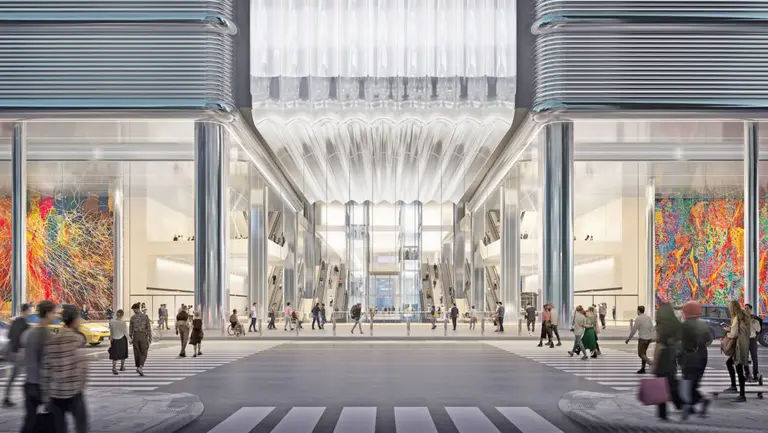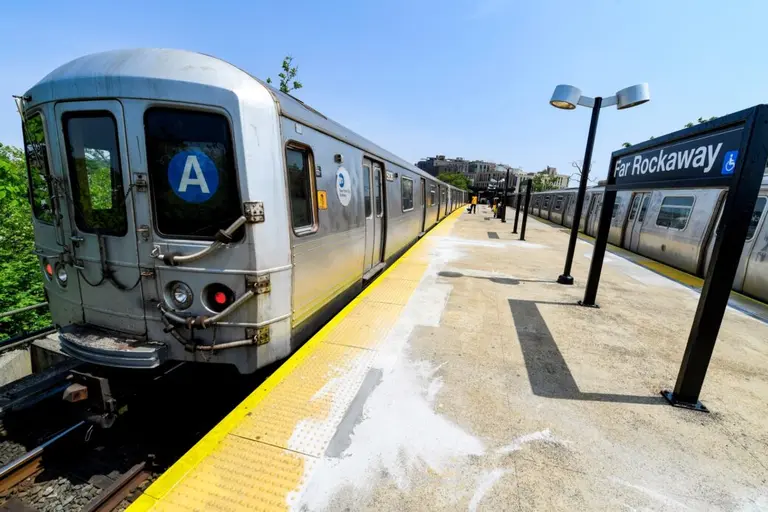MTA documents reveal that 4,000 L train riders will be displaced during shutdown

The latest fear to raise its ugly head in what will admittedly be a major inconvenience–that is, the 15-month shutdown of the L line starting in April of 2019–is the very limited number of trains that will be able to pick up the slack heading across the Williamsburg bridge. The topic surfaced at last night’s Town Hall meeting, when, according to the Village Voice, a concerned citizen by the name of Sunny Ng voiced his concerns about how many more trains could fit on the bridge.
NYC Transit president Andy Byford kept to the party line: “Rest assured, our intention is to utilize the J/M/Z lines.” But when pressed for an exact number of trains that would be, Peter Cafiero, chief of operations planning admitted that exactly 24 trains per hour can travel over the Williamsburg Bridge–in the best of cases, “if everything runs perfectly,” according to an anonymous source familiar with the planning process.
So how many more frustrated commuters, late for work and sick of being packed into a way-more-overcrowded-than-usual subway car is that? According to planning documents, that perfect-world 24 trains per hour adds up to only three trains an hour more than the current schedule, which equals 6,000 more riders per hour. The L train currently carries almost four times that–or 24,100 riders per hour–across the East River.
The MTA expects as many as to 80 percent of displaced L-trainers to look for subway alternatives; for many of those riders, that will mean the J/M/Z. And it’s not clear how the J/M/Z can handle the impending crowds.
So why not speed things up? A stretch of the J/M/Z tracks between the Marcy Avenue and Essex Street stations on either side of the bridge has “S” curves on each side. Trains must slow down when they round the curves for obvious reasons. Traffic jams form at the curves.
Even with all of the extra trains the MTA plans to add, there will be 12.5 fewer trains, which will reduce overall capacity by about 25,000 riders per hour. What does this mean? It means that somewhere between 2,000 and 4,000 people per hour–based on the MTA’s estimates and information from the planning documents that were obtained by the Voice–might not be able to squeeze onto a Manhattan-bound train at rush hour.
As if that weren’t scary enough, we’re all counting on the G, which will add the most capacity–three additional trains running the full route, plus three trains per hour running between Court Square and Bedford-Nostrand–and will be doubled in length. But those G riders will still need to cross the river. The transfer points and lines that can’t add as much capacity are expected to suffer the most. The Voice breaks it down thusly:
24,100 riders per hour during rush hours currently cross the East River on the L. The MTA estimates that between 20 and 30 percent of them — between 4,820 and 7,230 — will get to work by buses, bikes, or other non-subway means. Counting the longer C trains, the MTA will be adding the equivalent of 7.5 new trains worth of capacity, enough to accommodate approximately 15,000 passengers. That would leave between 1,870 and 4,280 commuters unable to squeeze onto trains at all.
“It’s pretty much a given that the line will be over guideline,” said the aforementioned inside source, who asked to remain anonymous in fear of getting fired. “I don’t know what to say besides we’re fucked and it’ll be miserable.”
[Via Village Voice]
RELATED:




























